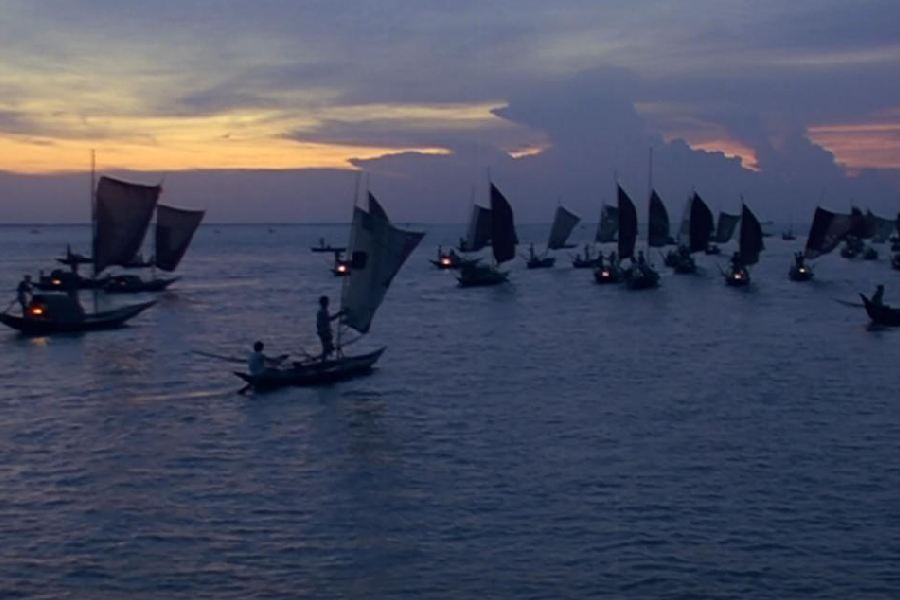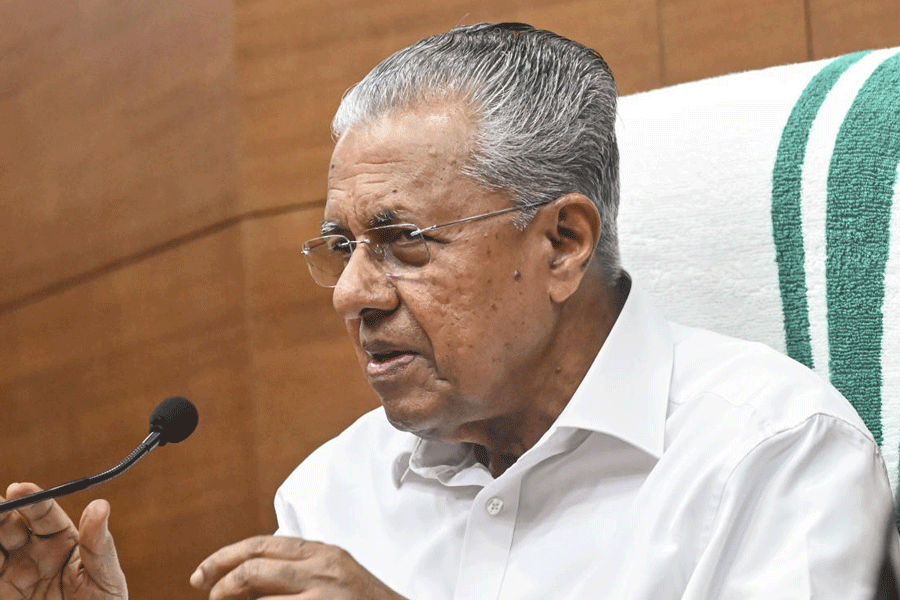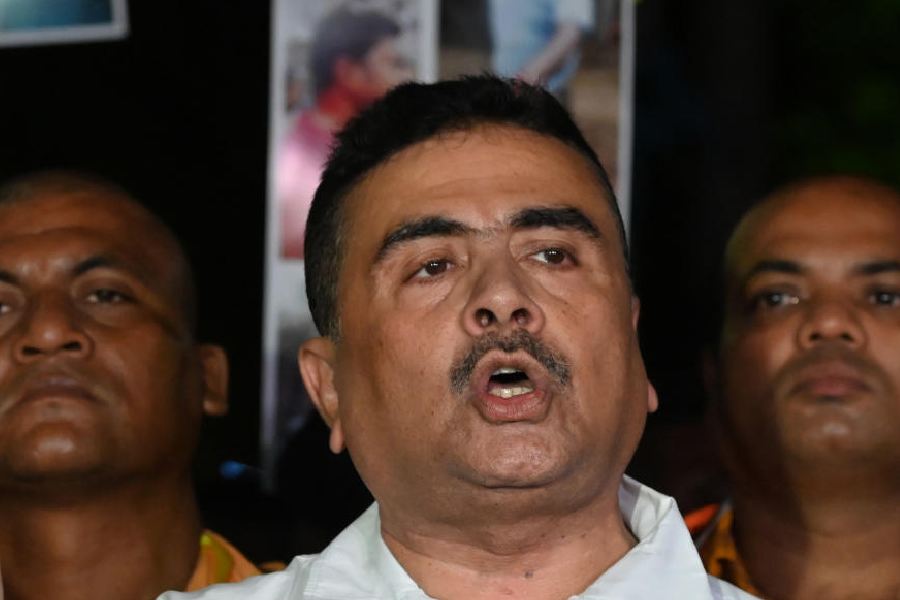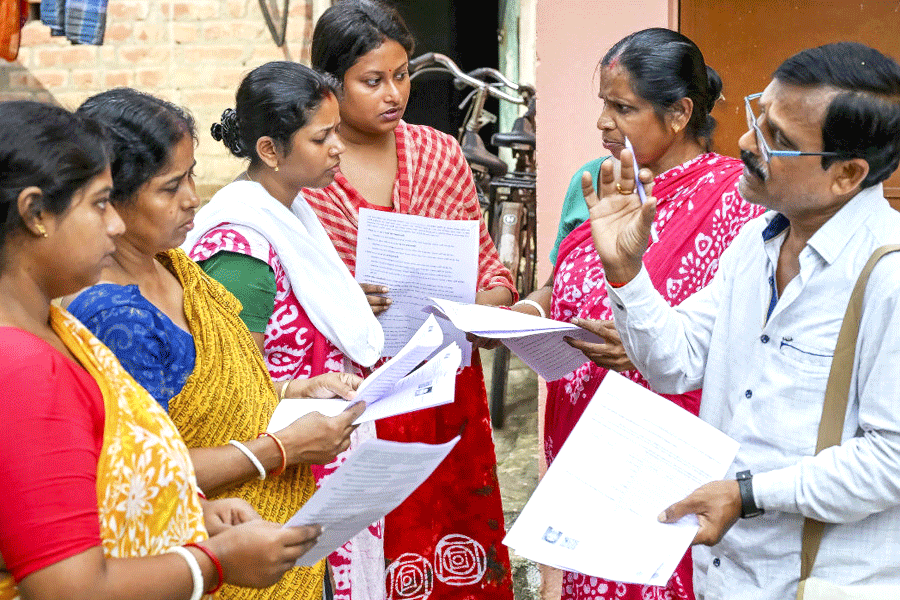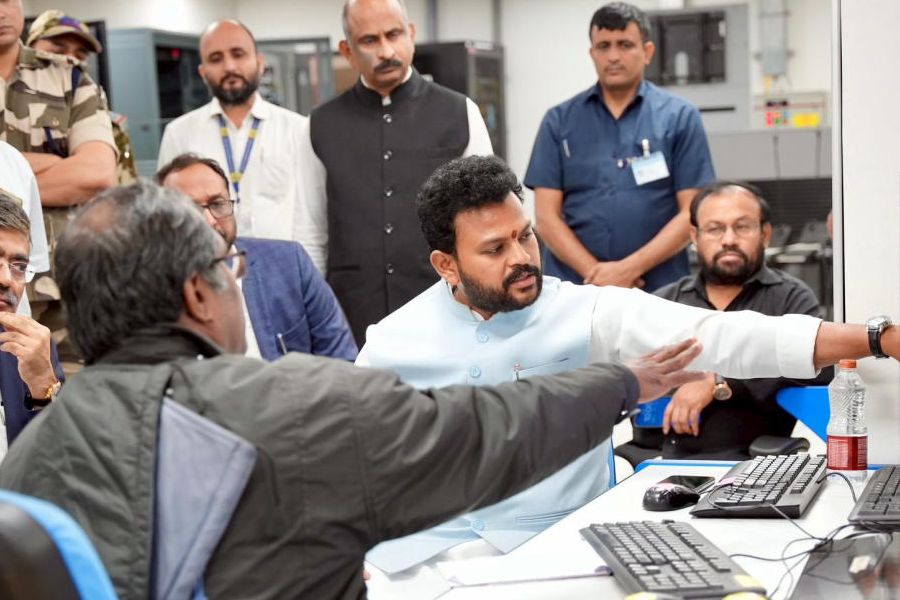I was originally planning to do a film for children. It was based on a story written by my Italian friend. The story of an Indian child whose father has lost all his land to debt. The child leaves home to earn money and buy land for his father. But I was searching for a real context, which I found in the Narmada Valley.
I had been there in the 1990s when protests were in full swing. I had been to Omkareshwar, which is the confluence of the Narmada and Kaveri rivers. It was beautiful. There was no dam, no blocks. It is where people go for a holy dip. The river was barricaded later. When I revisited the Narmada Valley in 2007, the confluence had gone under water. The tribal villages that used to stand on either side of the river had also gone under water. I was shocked.
Then, when I was making Parikrama, these things came to mind. I thought, what if a child from this displaced village leaves to earn money? I wanted to talk about displacement, environmental displacement.
Yes, I have an obsession with rivers. In Paar, I have used the river as a metaphor for endurance. And if anyone asks me to make a film on Subhas Bose, I think I will begin with the river. That moment when the British army compelled the Azad Hind Fauj to retreat from Burma. Bose made sure that all the members of the Jhansi Ki Rani regiment crossed the turbulent river in small boats. His companions insisted that he leave first, but he waited. I would begin with that moment.
When I made the film Beyond the Himalayas, I travelled to Central Asia. There are too many rivers in the region that have dried up.
I had seen the Teesta when I made a documentary on Sikkim. It was a robust and roaring river. Even then, I had seen that efforts were being made to block its waters. Small and large barrages were coming up. I had seen how the Teesta was being passed through a tunnel and then being brought out so it would run on a turbine, produce energy.
Now I have worked on the Narmada. One of my friends used to work among the displaced children of the Narmada Valley, same as the character of Rupa in Parikrama. She sent me a book by Amrit Lal Vegad titled Narmada: River of Beauty. Vegad himself had undertaken the Narmada parikrama twice, to and fro.
During the parikrama, people walk down to the Arabian Sea along one bank and return to the source along the other bank. Many return from Omkareshwar to the source. Vegad has given a description of it in his book.
The Narmada river originates in the Maikal Hills and is a west-bound river. There are very few west-bound rivers in the Indian subcontinent. The parikrama, its ritual, its hardship, and faith fascinated me. I wanted to tell the story through a documentary filmmaker who had once worked in Madhya Pradesh and now wanted to come back and follow the pilgrims. I structured the film in a way that we would walk with the pilgrims and then enter a human story — the story of Lala, the little boy.
In 2023, 487 river barriers were removed from 15 European countries. Europe aims to make 25,000 kilometres of rivers barrier-free by 2030.
In the US, there is a plan to remove 54 dams. As a river restoration project, a major initiative is underway to remove four dams on the Snake river. Between 1912 and 2023, the US has documented the removal of 2,119 dams.
Similarly, dams have already been removed in France and Canada.
Of course, we have to utilise our rivers, but in small portions. We cannot take away huge chunks.
The Western world has understood it. Now it’s our turn. We have to keep away from construction work in the Himalayas and stop blocking its streams right from Kashmir to Arunachal Pradesh.
We cannot keep making so many tourist lodges in the Himalayas and allow all that unplanned construction to happen. We have to keep in mind what happened in Dharali in Uttarakhand, on the way to Gangotri. Also, the Kedarnath disaster from some years ago.
And this is why in my cinema, I have used rivers again and again. In Padma Nadir Majhi, the river is my protagonist. I have filmed the river at different times of the year. The other characters, their relationships, love, hatred, agony, anxiety — all revolve around the river.
In 1991, I was still researching for Padma Nadir Majhi. We were near Manik-
ganj in Bangladesh in a Swedish boat when I spotted a dot in the river. We were all intrigued. The river was turbulent. It was raining and we couldn’t see clearly. The dot kept coming nearer. When it became visible, it turned out to be a small boat. And in it was a little girl, sailing joyfully with two dogs. The boat was bobbing up and down and she was fearlessly riding in the turbulent waters. Such is the relationship between man and nature.
There is harmony in this relationship. We have to know how much we can take from nature.
As told to Moumita Chaudhuri

